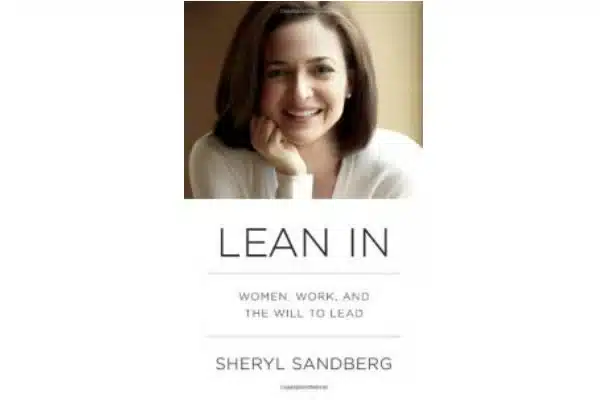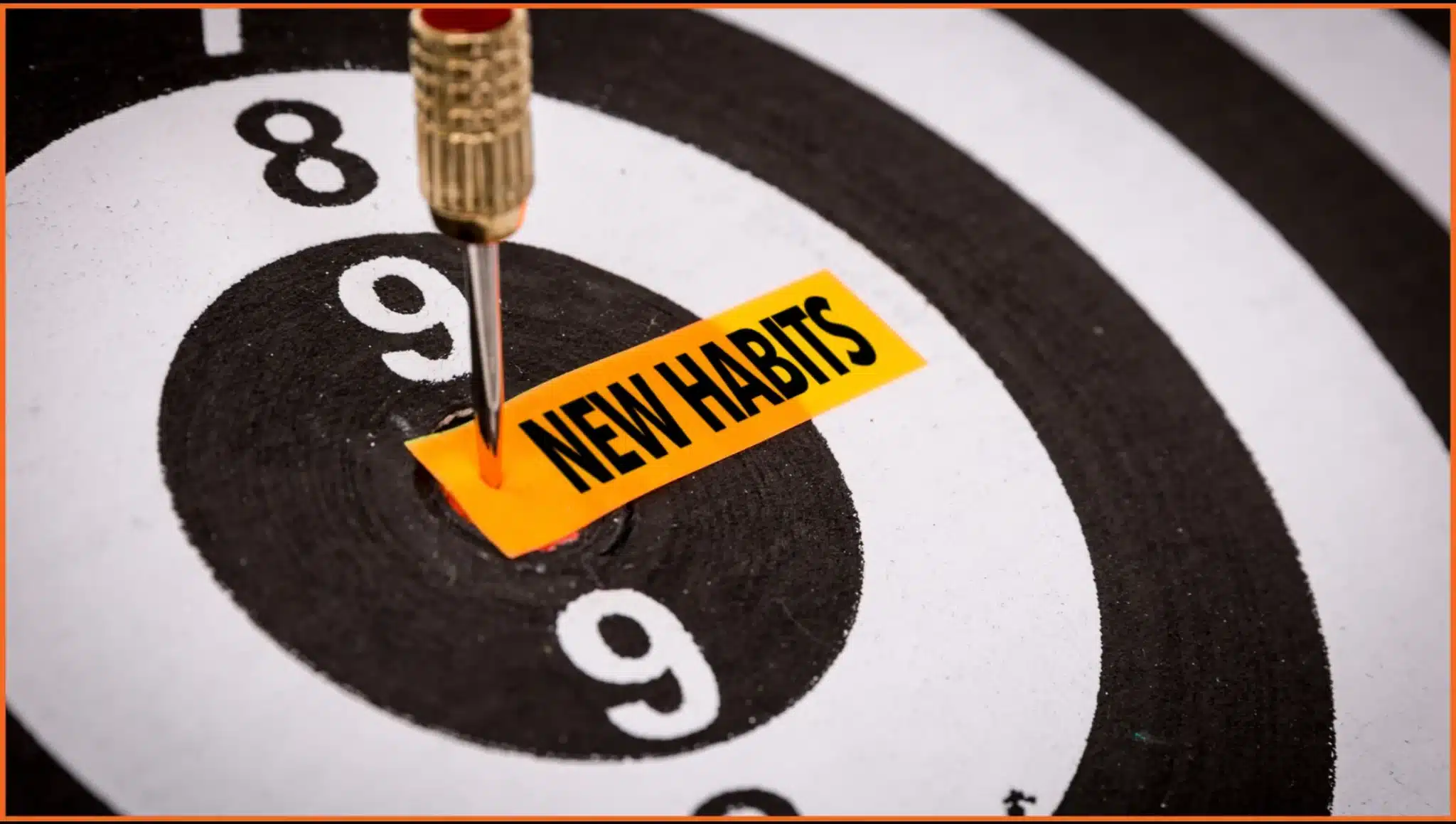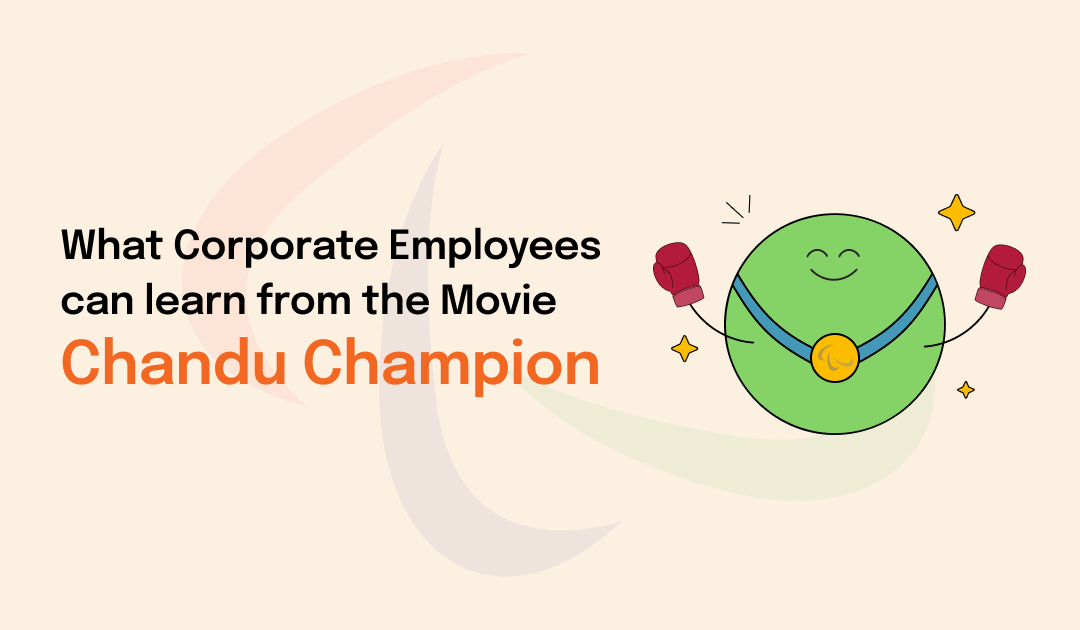“Rectitude” — a word not often heard in everyday conversations, but one that carries deep meaning.
When we first came across it, we were intrigued. As facilitators and learning partners, the word resonated instantly with the kinds of leadership conversations we often enable: doing the right thing, even when no one is watching.
In a world where integrity is listed as a core value by nearly every organisation, Rectitude by Bereket Negassi forces us to pause and ask: Are we truly living it? And more importantly, what does rectitude look like in action – at work, in leadership, and in culture?
In our experience working with corporate teams, values like rectitude are often discussed but rarely operationalised. They sound great on posters, but come under pressure in everyday decisions. This book challenges that gap.
What Is Rectitude, Really?
Table of Contents
Negassi opens the book by exploring the word itself:
- The quality of being morally right and just
- Uprightness in one’s principles and behaviour
- The courage to choose what is right over what is easy
The book makes a compelling argument: Rectitude is not just about grand moral gestures: it’s the small, invisible choices we make every day.
Whether it’s inflating a reimbursement claim, withholding difficult feedback, or ignoring an unethical practice for the sake of results, rectitude is what guides our choices when no one is watching.
The Professional vs The Professionally Qualified
Subroto Bagchi makes a similar point in The Professional: “A professionally qualified person without rectitude is a danger to society.”
At FocusU, we’ve often discussed this distinction in leadership workshops. Being skilled is not the same as being trustworthy. A true professional doesn’t just know their work – they stand for something.
This distinction matters more than ever today, as leadership becomes less about authority and more about influence. And influence, as we’ve observed, stems from credibility.
Related Reading: Book Learning: Influence Without Authority by Allan R. Cohen
The Power Paradox
Negassi devotes a significant part of the book to the dangers of power without checks.
The Enrons and Satyams of the world weren’t short on talent – they were short on integrity at the top. From cutting corners in contracts to emotional manipulation by managers, the book calls out how every profession has its own ethical line – and crossing it has consequences.
We’ve noticed in our engagements that when leaders demonstrate accountability and ethics in tough moments, it sends a ripple effect through the organisation. People notice. And more often than not, they emulate.
Related Reading: How To Manage Practising Compassion With Accountability?
Integrity in the “Small” Stuff
One of the most powerful takeaways from the book is that rectitude begins in the small, often overlooked actions:
- Using office supplies for personal work
- Stretching lunch breaks without informing
- Approving exaggerated travel claims
These may seem like minor slips – and many organisations ignore them. But when these behaviours become normalised, the culture silently shifts.
In our experience, values are not taught through townhalls or posters – they’re reinforced in corridor conversations and 1:1 feedback.
Related Reading: Exploring Values
Defining Integrity in Practice
So how do you define rectitude in a work context? The book shares a framework we found very practical:
- Follow the rules.
- Where rules don’t exist, apply fair judgment.
- When in doubt, don’t default to what’s convenient — seek guidance.
- Before acting, ask: Would I be okay with this being public knowledge?
Simple? Yes. Easy? No.
These four filters, however, offer an elegant way to make ethical decisions part of everyday leadership.
Related Reading: The Leadership Challenge
Rectitude Begins Early
Negassi argues that our relationship with rectitude is shaped early in life. If children see adults glorifying unethical shortcuts – bribes, lies, tax evasion – they internalise the message that “this is how the world works.”
We’ve seen this in our own interactions with emerging leaders: some carry unexamined assumptions that honesty and success are mutually exclusive. Shifting this mindset is often the first step in leadership development.
Integrity vs Organisational Ambiguity
The book also calls out a corporate paradox:
Most companies list integrity as a core value, but very few articulate what that looks like in daily behaviour. This creates confusion. Some people interpret boundaries one way; others blur the lines.
Worse, some leaders avoid addressing ethical breaches to “avoid embarrassment” or “not rock the boat.” That’s how a culture of silence is born.
From an L&D lens, this is where experiential learning plays a powerful role.
When participants are put into simulated ethical dilemmas – role plays, case studies, group challenges – their real values often surface. And that’s when the real conversations begin.
The Grey Zone: Where Cultures Erode
Negassi warns that the real danger isn’t open misconduct – it’s the shades of grey where people justify small compromises:
- “It’s just a one-time thing.”
- “We need this deal. Let’s not ask questions.”
- “That’s how things work in this industry.”
We’ve seen how clarity around values – and a willingness to take a stand – builds trust in teams. When leaders choose the hard right over the easy wrong, it becomes a moment of culture-shaping.
A Provocative Question
The book ends with a scenario that deserves reflection:
You discover that your star salesperson has faked a travel voucher. He’s negotiating a huge deal. He knows the client like no one else. What do you do?
- Keep quiet?
- Warn him and move on?
- Wait until the deal closes?
- Terminate him on the spot?
There is no easy answer. But your decision will speak volumes about your leadership — not just to the individual, but to the entire organisation.
Why This Matters for Leaders Today
In today’s hyperconnected world, reputations are fragile and transparency is the norm. Leaders can no longer hide behind titles. Rectitude is not just personal – it’s a strategic advantage.
At FocusU, we believe that building high-trust, high-performance teams starts with values in action. Rectitude is what sustains trust. And trust is what drives execution.
Related Reading: 4 Leadership Insights For A High Performance Team
Final Reflection
This isn’t a new book. But in a time of increasing pressure, blurred boundaries, and ethical fatigue, Rectitude is more relevant than ever.
If you’re an L&D leader looking to build values-based leadership, or a manager navigating tough calls, this book is worth your time. Not because it has easy answers – but because it will help you ask the right questions.










